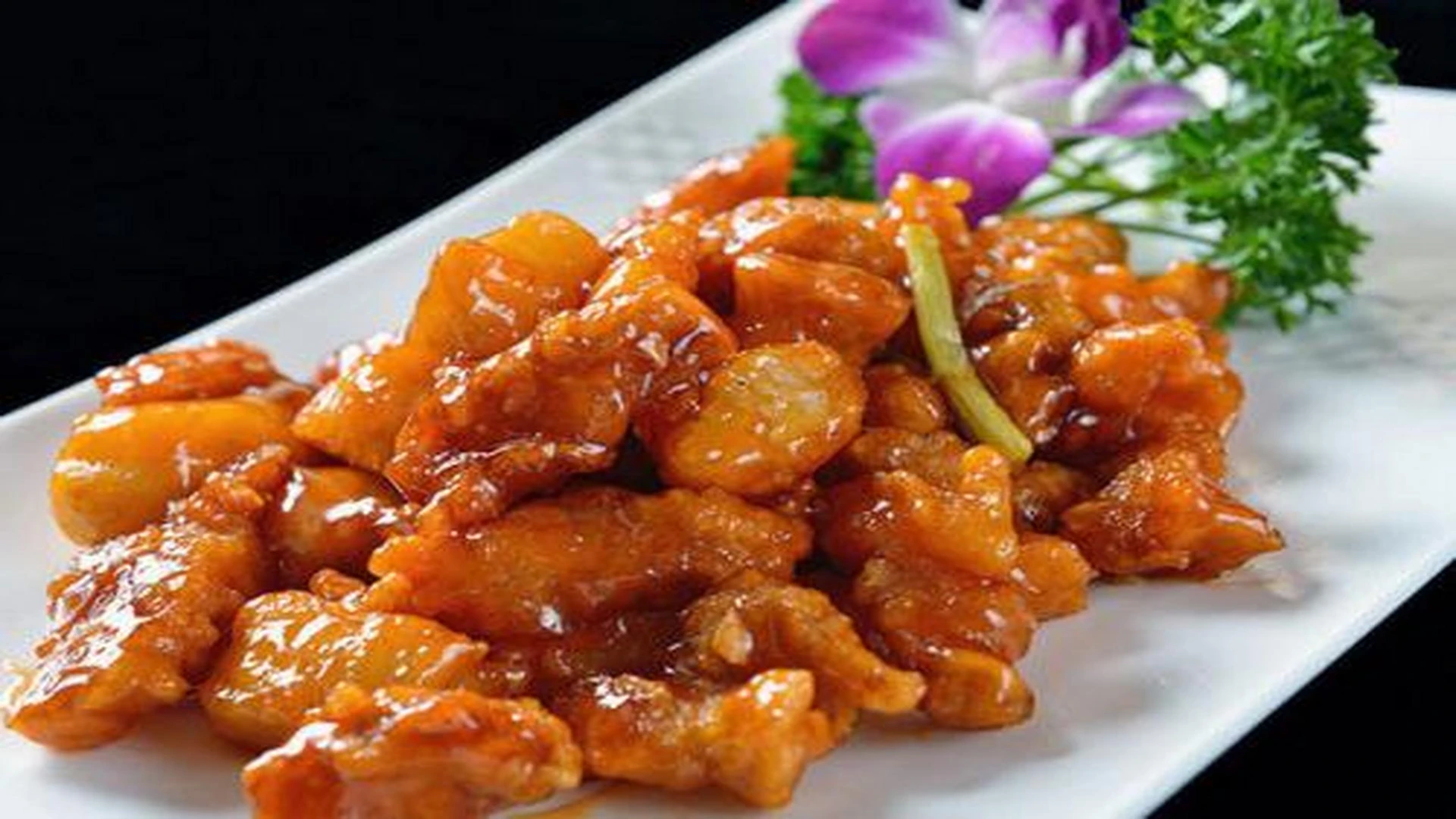The Delectable Legacy of Lychee Meat: A Traditional Fuzhou Delicacy
As a culinary professional deeply rooted in the rich tapestry of Chinese gastronomy, I am thrilled to share with you the story of a unique dish that hails from the vibrant city of Fuzhou in Fujian Province: the荔枝肉 (Litchi Rou), or Lychee Meat. This dish is not only a testament to the region’s culinary prowess but also a symbol of its cultural heritage.
### Origin and Cultural Background
The history of Lychee Meat dates back to the Qing Dynasty, where it was a favored dish among the local nobility. Its name is derived from its striking resemblance to the beloved lychee fruit, both in shape and texture. The dish has since become an integral part of Fuzhou’s culinary identity, often gracing the tables of traditional banquets and family gatherings.
### Ingredients and Preparation
The making of Lychee Meat is an art form that requires precision and a keen understanding of flavors. The primary ingredients include:
– Pork: Typically, a lean cut of pork is used, such as the tenderloin, to ensure the meat remains tender and juicy after frying.
– Red Yeast Rice: This traditional Chinese ingredient lends a deep, reddish hue to the dish, mimicking the color of a lychee.
– Vinegar and Sugar: The balance of sweet and sour flavors is crucial, echoing the taste of lychee fruit.
– Ginger, Garlic, and Green Onions: These aromatics add depth and complexity to the dish.
The preparation involves marinating the pork in a mixture of soy sauce, sugar, and spices, followed by a coating with a batter made from flour and egg. The meat is then deep-fried until it achieves a golden, crispy exterior, resembling the texture of a lychee’s rind.
### Texture and Appearance
Once cooked, Lychee Meat boasts a crispy, slightly sweet outer layer that gives way to the tender, succulent pork inside. The dish is often garnished with a sprinkling of sesame seeds, adding a nutty crunch that complements the meat’s texture. The presentation is meticulous, with each piece of meat curled and arranged to resemble a lychee, complete with a garnish that mimics the fruit’s stem.
### Representative Dishes and Culinary Pairings
Lychee Meat is a standalone dish that can also be incorporated into various other recipes. It pairs exceptionally well with steamed rice or can be served as part of a multi-course meal. In Fuzhou, it is often accompanied by a side of pickled vegetables or a light broth to balance the rich flavors.
### Culinary Characteristics
The key characteristics of Lychee Meat that set it apart are:
– Flavor Profile: The dish is a harmonious blend of sweet, sour, and savory notes, with a hint of tanginess from the vinegar.
– Texture: The contrast between the crisp exterior and the soft, juicy interior is a hallmark of this dish.
– Aesthetic Appeal: The presentation of Lychee Meat is as much a part of the experience as the taste, with each piece artfully crafted to resemble the fruit after which it is named.
In conclusion, Lychee Meat is more than just a dish; it is a culinary journey through the heart of Fuzhou’s rich history and culture. As a food professional, I encourage you to savor this traditional delight, not only for its exquisite taste but also for the story it tells of a city’s love for food and its people.
